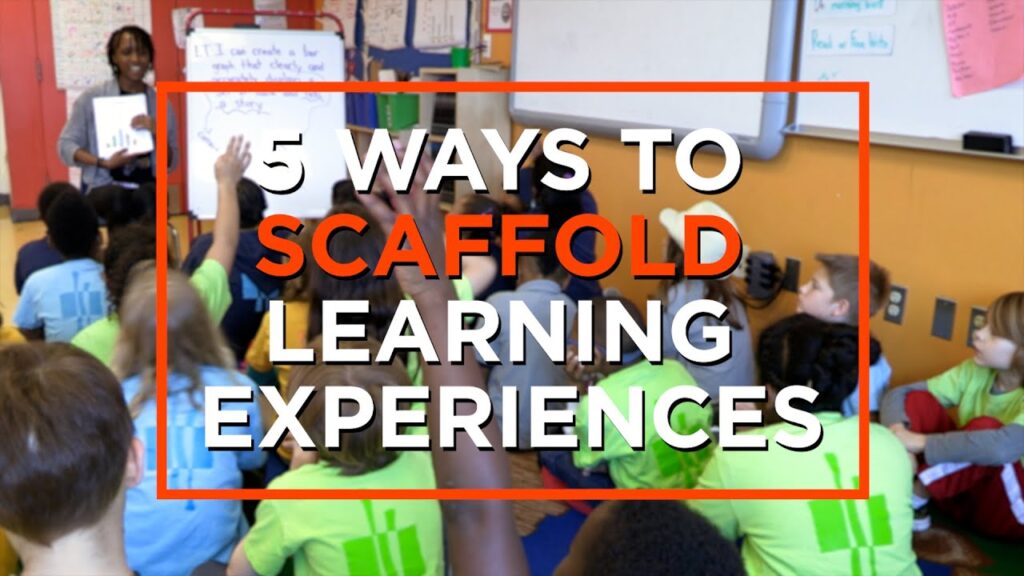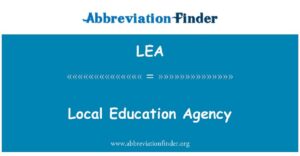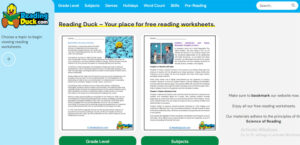What is Scaffolding in Education?

Scaffolding in education is a strategy teachers use to break down complex tasks or concepts into smaller, more manageable pieces. When used correctly, scaffolding can help students comprehend new ideas and acquire essential skills without feeling overwhelmed.
What is Scaffolding?
Scaffolding is a teaching method that utilizes expert guidance to move students toward their learning objectives. The ideal scaffolding helps keep the student’s cognitive load under control, enabling them to tackle challenging new material more easily. This guidance helps students work at their zone of proximal development – the level where they learn most effectively – when faced with tasks or concepts.
Scaffolding successfully requires knowing when to provide too much guidance and when to back off. This balance can be tricky, so teachers must learn how to strike it successfully.
Educators have several techniques for scaffolding lessons, each one tailored to a different group of students. By tailoring instruction according to students’ individual needs, educators can guarantee their students the best chance for success.
When dealing with large classes of students, different scaffolding and support levels are necessary. This is especially true when catering to those with disabilities or special needs; tailoring scaffolding to each student’s individual learning challenges is key.
To guarantee successful scaffolding in a classroom, educators should follow Hogan and Pressley’s four-stage instructional scaffolding model (1997). This suggests targeting zones of proximal development, providing support that taper off as the student learns independently, and gradually decreasing assistance as they gain skill and self-belief.
This model works because the teacher holds the student’s hand, similar to how a parent holds their child when they learn how to walk. This provides students with safety, assurance and engagement in the learning process.
To successfully implement the scaffolding model in the classroom, educators must possess a deep understanding of their subject matter and plan ahead to teach difficult or abstract topics. Furthermore, they must take into account students’ prior learning when scaffolding lessons.
They should begin by taking small, achievable steps and practicing their scaffolded instruction on topics that previous students have had difficulty with or find difficult or abstract to comprehend.
Once students become comfortable with the process, they can progress to more complex content. Doing so allows them to build upon what they already know, which helps prevent frustration and keep them engaged in their studies.
Furthermore, students will have the chance to apply what they learn in the classroom to real-life situations and tasks. This gives them the experience needed for success when they graduate and enter the workforce.
For further insight on implementing instructional scaffolding in the classroom, EL Education has put together this helpful article that offers a comprehensive guide to help educators incorporate scaffolding into their instruction. This resource is ideal for school administrators, general education teachers, special education teachers and intervention teachers alike.







